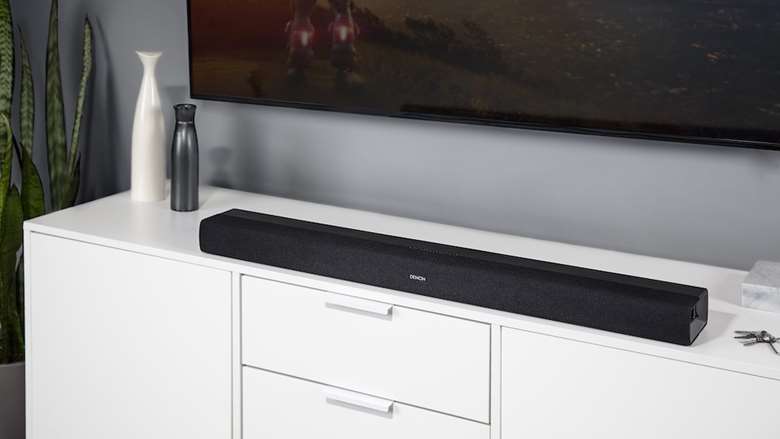How to get the best sound from your television or computer in 2020
Andrew Everard
Wednesday, August 19, 2020
With the boom in online concerts, recitals and theatre, TVs and computers are assuming increasing importance. But does your sound match the vision? Andrew Everard offers advice

Register now to continue reading
Thanks for exploring the Gramophone website. Sign up for a free account today to enjoy the following benefits:
- Free access to 3 subscriber-only articles per month
- Unlimited access to our news, podcasts and awards pages
- Free weekly email newsletter












